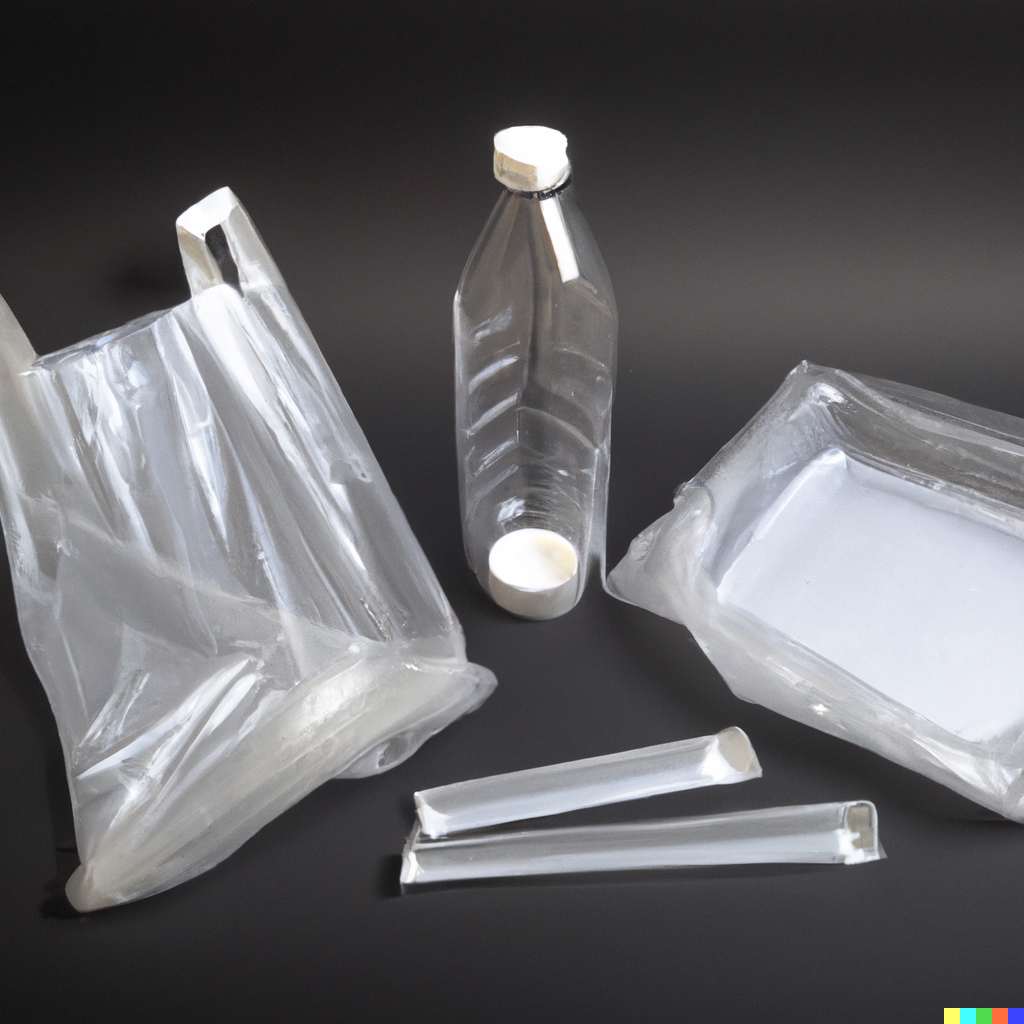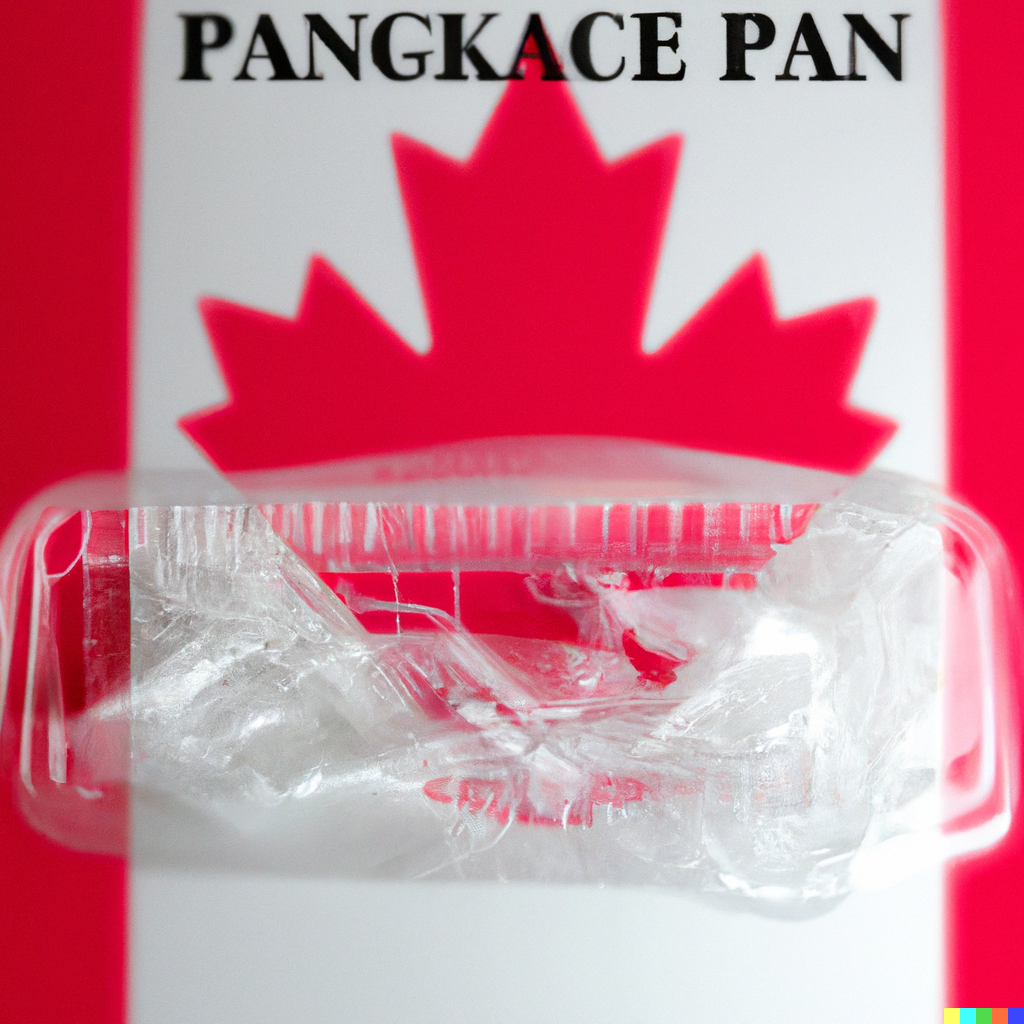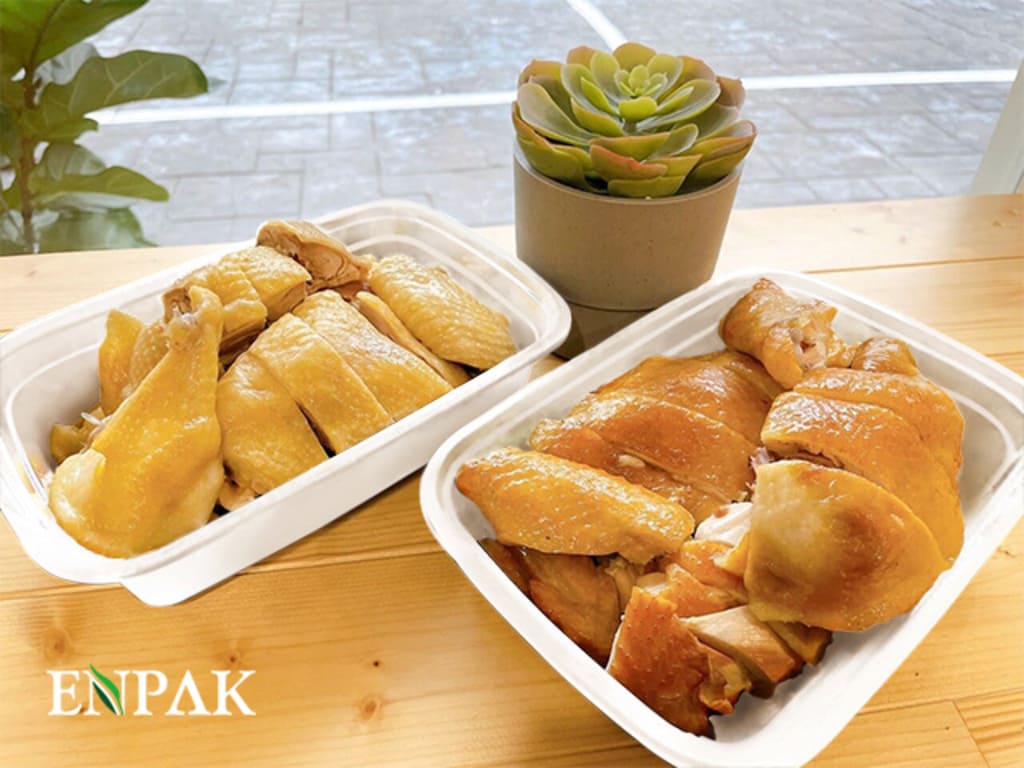Canada banning to produce single use packaging

| Single use packaging has been used for food selling, food storage, and extending the expiration date, but at the same time, it may pose a threat to health. How can we strike a balance between these two? |
Table of contents
Without recycling properly, single use packaging becomes an environmental concern.
Is banning single use packaging the ultimate solution?
Canada banning to produce and import single-use plastic packaging in the end of 2022
Recycling single use packaging creates diverse scrap value
Without recycling properly, single use packaging becomes an environmental concern.
Getting used to the convenience of single-use packaging, we do not dispose of packaging properly.
Did you know there are microbeads everywhere in our daily drinking water?
In August 2020, an evaluation report on plastic pollution announced by the Government of Canada discovered that there were approximately 29,000 tons of plastic waste released into nature in 2016, accounting for 1% of the total plastic waste, which the figure appears to increase annually.
This 1% of plastic waste was mostly released into rivers, lakes, and oceans, directly or indirectly harming the ecosystem.
Without effective filtration, it would generate microbeads during the release process, secretly appearing in the daily drinking water, resulting in potential risks to human health.

There were approximately 29,000 tons of plastic waste released into nature in 2016 (Source of photo credit :https://labs.openai.com/, AI drawing)
Additionally, among tens of thousands of plastic waste, disposable plastics take up the largest proportion.
According to the official data of the Government of Canada, the annual use of plastic bags is about 15 billion, and about 16 million plastic straws are used every day.
Others include all kinds of plastic cups, knives, spoons, takeout lunch boxes, and more.
Still, less than 9% of them are properly recycled and reused, about 1.5% are randomly discarded in nature, and the rest end up in landfills.
Is banning single use packaging the ultimate solution?
Two main reasons make it difficult to recycle plastic: the non-updated recycling system & poor policy implementation.
The huge amount of single-use plastic usage results from its low price and durability.
From a consumer’s point of view, single-use plastic truly brings convenience to our daily lives.
In addition, it has exerted positive influences on economic growth. However, in the long term, this business model is extremely detrimental to environmental and economic sustainable development.
In fact, the amount of plastic waste generated yearly is far greater than the maximum capacity of the recycling system.
What’s more, there are many spotty and misleadingly advertised plastic products on the market that would mislead and confuse consumers with the right perspective on plastic products, increasing extra cost and energy to deal with such large and mix-up plastic products.
This can not only reduce recycling efficiency but also causes a series of environmental problems.
Gradually, plastic waste has become a serious environmental issue around the globe, and countries have drawn up a series of proscriptions on single-use plastics.
Among all, the Government of Canada is actively following up on relevant policies.

Government of Canada is actively following up on relevant policies. (Source of photo credit :https://labs.openai.com/, AI drawing)
Canada banning to produce and import single-use plastic packaging in the end of 2022
Policies contents all at once!
On June 22, 2022, the Government of Canada published the Single-use Plastics Prohibition Regulations (SUPPR).
Its goal is to prevent more than 23,000 tons of waste plastics from being released into nature in the next decade and to achieve a 90% plastic recycling rate by 2030.
Since then, all kinds of single-use plastic products have been prohibited to be produced, imported, and sold within Canada.
They are categorized into the following six categories:
- Checkout bags designed to carry purchased goods from a business and typically given to a customer at the retail point of sale.
- Cutlery includes:
- knives
- forks
- spoons
- sporks
- chopsticks
- Foodservice ware designed for serving or transporting food or beverage that is ready to be consumed, and that:
- contains
- expanded polystyrene foam
- extruded polystyrene foam
- polyvinyl chloride
- carbon black
- an oxo-degradable plastic
- are limited to the following items
- clamshell containers
- lidded containers
- boxes
- cups
- plates
- bowls
- contains
- Ring carriers are flexible and designed to surround beverage containers in order to carry them together.
- Stir sticks designed to stir or mix beverages, or to prevent a beverage from spilling from the lid of its container.
- Straws include:
- straight drinking straws, and
- flexible straws, which have a corrugated section that allows the straw to bend, packaged with beverage containers (juice boxes and pouches)
The followings are the effective dates of relevant prohibitions:
For single-use plastics used in Food Service ware, the following types of plastics are not included in the prohibitions:
- Plastic food service ware containing frozen food that requires preparation (baking in the oven, heating in a microwave or toaster) before it can be consumed
- Plastic trays that contain meat that is not ready to be eaten before preparation or is not meant to be consumed directly from the meat tray Note that the use of these trays to package vegetables is also not prohibited
- Fish trays/boxes made out of plastic that contain fish that is not ready to be eaten before preparation or is not meant to be consumed directly from the fish tray/box
- Flexible plastic packaging or wrapping that is used for food that is ready to be consumed
- Cups or containers used by hospitals and care institutions to provide medication to their residents and/or patients
- Paper and fiber- based coffee cups with a plastic lining, so long as the plastic lining does not contain any expanded polystyrene, extruded polystyrene foam, PVC, carbon black or any oxo-degradable plastics
- Paper and fiber-based food containers with a plastic lining, so long as the plastic lining does not contain any expanded polystyrene, extruded polystyrene foam, PVC, carbon black or any oxo-degradable plastics
- Clamshell containers, lidded containers, boxes, cups, plates or bowls made from non-prohibited kinds of recyclable plastics, like polyethylene terephthalate (PET), high density polyethylene (HDPE) or polypropylene (PP)
- Clamshell containers, lidded containers, boxes, cups, plates or bowls made from non-conventional or compostable plastics such as polylactic acid (PLA)
(For more detailed information, please check out the official website of the Government of Canada:https://www.canada.ca/en/environment-climate-change/services/managing-reducing-waste/reduce-plastic-waste/single-use-plastic-technical-guidance.html#toc11)
Recycling single use packaging creates diverse scrap value
Premium quality plastics stop microplastic pollution, keeping us stay healthy
The single-use plastic prohibitions mentioned above are all about striking a balance between user convenience and sustainable development.
They are not just simply banning all kinds of single-use plastic products.
Instead, by eliminating most of the inapplicable and less recyclable plastics, they retain premium quality plastics with identified raw materials that are conducive to being recycled.

The Government of Canada retains premium quality plastics with identified raw materials that are conducive to being recycled.
In conclusion, premium quality plastic products do not cause harm to the environment in essence, but the wrong human behavior and business strategies do.
As long as it can be recycled properly, plastic can be used repeatedly and becomes part of a sustainable resource.
Enpak, based on our concept of sustainability, all of our single-use plastic lunch boxes are made of plastic with traceable raw materials.
During the production process, there will be no additional mix-ups. By maintaining the product quality, we also make sure it can be fully recycled.
Enpak is all for sustainability and user convenience.
Source of the first photo credit :https://labs.openai.com/, AI drawing)
-----------------------------------------------------------------

